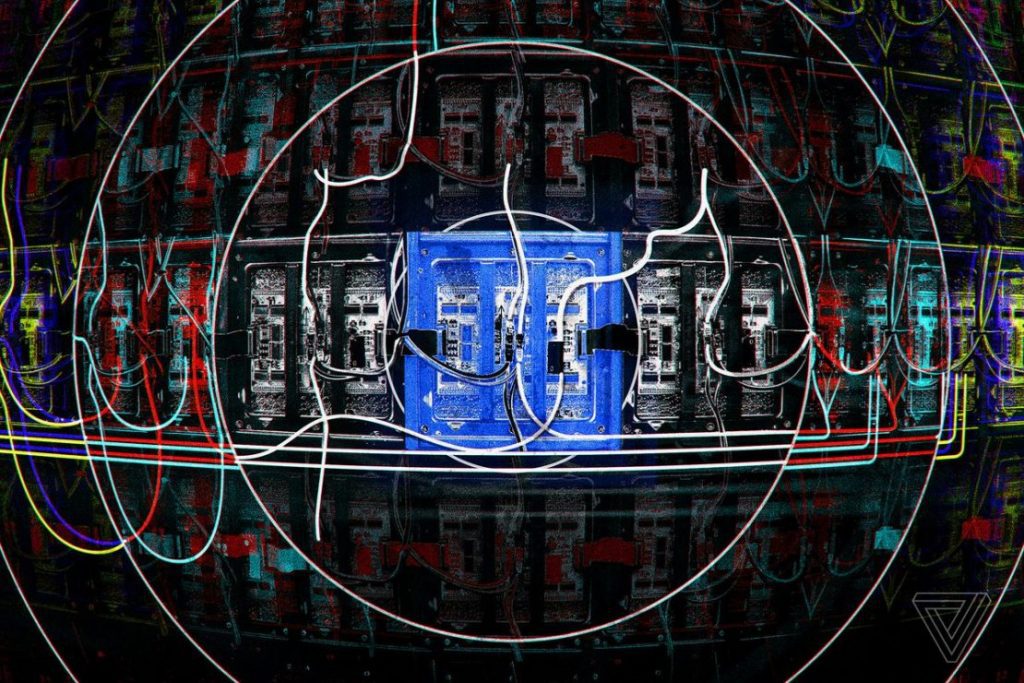
It’s a fact that businesses of all kinds face cybersecurity threats once they have dealings online. However, there is this misconception among small business owners that their companies are too small to be targeted. And because small startups often invest less in cybersecurity, attackers take advantage of their lack of cyber security awareness to plot nefarious activities.
For instance, the 2017 Equifax breach managed to compromise the personal info of 143 million customers. 2018 saw Marriott International fall victim to hackers who were able to steal the data of some 500 million consumers. In both situations, it emerged that the vulnerabilities had a lot to do with the companies’ failure to implement essential cybersecurity solutions such as firewalls, encryption, and multiple-factor authentication. On that note, here are the top four most common cyber security threats to businesses.
1. Phishing

Undoubtedly, phishing is among the most widespread and dangerous cybersecurity challenges confronting businesses today. These well-plotted attacks account for a whopping 90% of all breaches that business organizations face, growing by 65% compared to the previous year. Phishing attacks have led to $12 billion losses in business revenues. But how do they occur?
The attacker pretends to be a trusted individual who tricks their victim into clicking a malicious link or downloading a file that would steal their private information. Recent reports suggest that companies with less than 500 workers lose roughly $2.5 million per attack. This massive financial loss in cyber-breaches hurts growth as the reputation of the company could be severely impacted.
2. Denial of service

This form of cyber-attack aims to flood a computer system or network with numerous requests that render it unresponsive. A distributed denial of service (DDoS) attack works similarly to a computer network attack. Attackers try to disrupt the “handshake” process in an attempt to execute a DoS attack.
They can take advantage of the downtime of a network to carry out their operation. A botnet is a form of DDoS attack that involves a hacker infecting millions of systems with malware. Also termed zombie systems, botnets overwhelm the target’s processing ability, and they can be spread in multiple locations worldwide.
3. Password attacks

Many IT experts see passwords as the most significant security loophole. If a hacker can guess one password correctly, they could potentially harvest a vast wealth of information. Today’s hackers use what’s called social engineering to improve their ability to break standard security practices. Your password may not be as secure as you think, so be sure to change it with time.
4. Man in the Middle (MITM)

MITM attacks happen when a hacker intercepts a two-party transaction. By disrupting the network, they can make away with data, Cisco suggests. This can happen when you use unsecured public WiFi – attackers can plant themselves in the middle of the network and use malware to steal sensitive data.
No matter the phase your business is in, security of all kinds is necessary. Hopefully, this article has convinced you enough to take cyber security, in particular, seriously.




